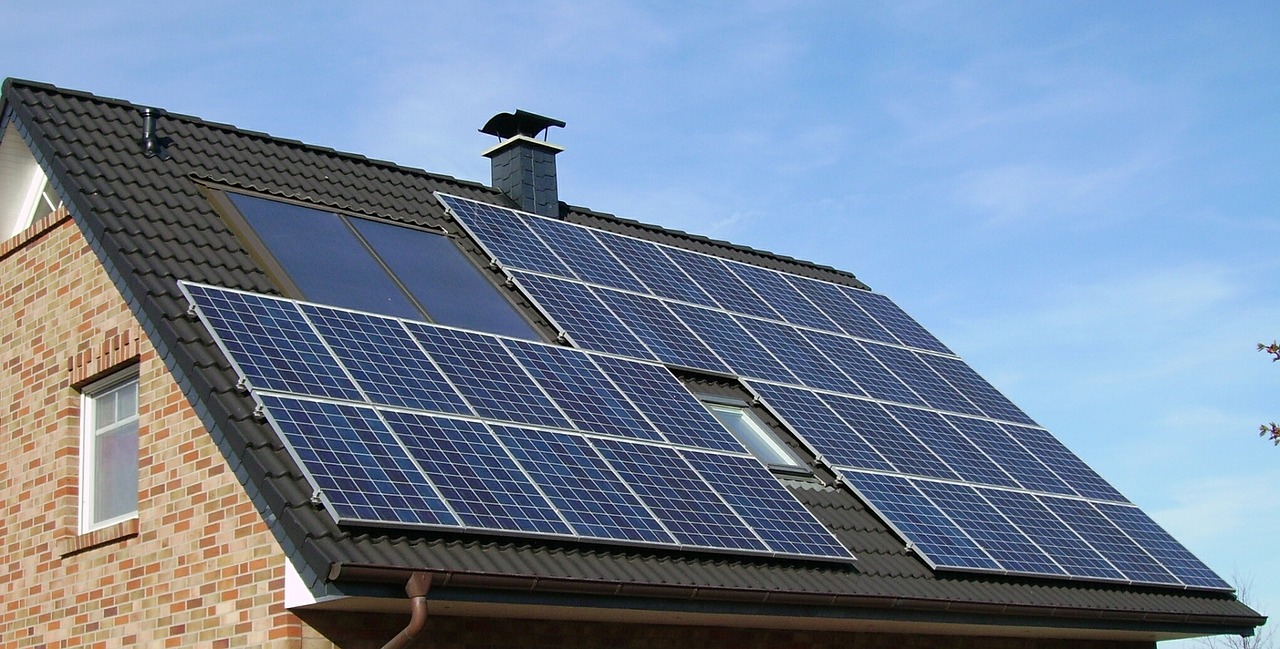Solar power is essentially the process of converting energy from sunlight into electricity. It can be done in a couple of ways; either through concentrated solar power systems or photovoltaics, also known as PVs.
The former uses lens or mirrors to convert a large area of sunlight into a beam of energy while PVs convert light into electricity.
In recent years, the usage of these technologies has rapidly increased around the world. With countries becoming more environmentally aware and placing a heavier focus on greener practices, many people have been keener to adopt a more eco-friendly way of life.
There have also been some pushes and incentives to encourage people to change to greener solutions for the cost benefits. For example, in the UK, new solar power installations were supported by the introduction of the Feed In Tariff (F.I.T), offering long term contracts to renewable energy producers and price certainty to help investment in renewable energy technologies.
Solar power has seen some increasing progression since 2010, all around the world, but particularly in the UK. In fact, it has actually grown from just a mere 20 GWh in 2009 to a staggering 10,420 GWh in 2016.
Furthermore, a survey by the BEIS in December 2017 showed that an incredible 79% of the public support renewable energy. With more awareness of climate change these days, it seems that everyone wants to get involved and do what they can to protect the environment.
The University of Toronto has also been researching a new generation of solar-sensitive nanoparticles, which look set to take solar cells to the next level. They have been developed into new materials which use n-type and p-type semi-conductors and are called colloidal quantum dots.
The design is unique in that it is the first design that is able to be used outdoors. This is due to the fact that unlike many designs before it, it helps to improve the amount of light absorbed. Panels found to be using this technology were up to 8 percent better at radiating sunlight.
Solar PV technology has had improvements coming for a long time, as scientists have been looking for ways to make it more energy efficient. As only 15% of the average solar cell is efficient, they have been experimenting for several years to find an effective solution.
So, it is hoped that solar-sensitive particles could contribute to the answer with this groundbreaking research as just the start. N-type materials attach to oxygen while colloidal quantum dots can’t grasp to air, which makes them suitable for use outdoors. This is a huge win for the development of this technology within the solar market.
It has already been proven to increase the efficiency of converting sunlight by up to eight percent, which is a massive leap in solar energy performance and so shows great promise for further designs.
Solar and Water
Researchers from King Abdullah University of Science and Technology in Saudi Arabia have also discovered a potential way to generate electricity and purify water at the same time.
They have designed a device that could help those in arid countries where water resources are scarce. It helps to purify saltwater as well as seawater and can generate electricity at the same time, which means it will be able to be produced as a relatively compact design.
So, it looks as though solar energy is increasingly developing and in the future is going to become more ingrained in our daily lives. As the move towards greener energy appears to be taking hold, the technology to produce it is only going to become more sophisticated and impressive, offering exciting results.
